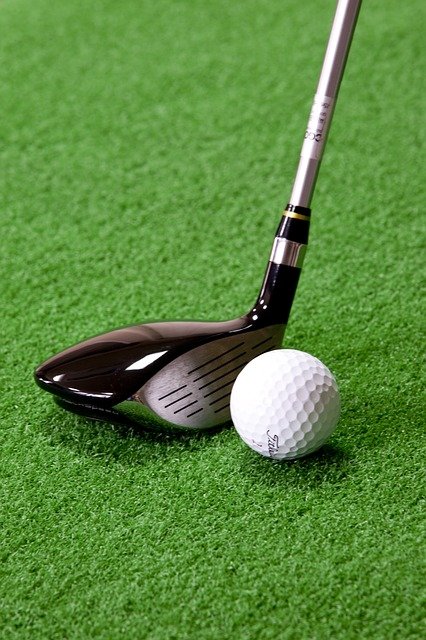Golf Balls – The Scientific research Behind The Dimples
Golf Balls : The characteristics behind the flight of the golf ball uses a fascinating insight right into the physical interworkings of air pressure, turbulence, and the rules of aerodynamics.
When golf was first played in Scotland, many gamers played utilizing awkward golf device, with the first golf clubs and golf rounds constructed from timber.
In 1618 the “Featherie” was presented. It was a golf sphere made from feather. This feather golf ball was handcrafted from goose feathers securely pushed right into a steed or cowhide ball while still damp. After drying, the natural leather shrank as well as the plumes expanded, producing a solidified golf round.
 As this type of golf ball was particularly handcrafted, it was usually more costly than golf clubs, so that just a couple of privileged individuals can afford to play golf back then.
As this type of golf ball was particularly handcrafted, it was usually more costly than golf clubs, so that just a couple of privileged individuals can afford to play golf back then.
After the Featherie golf sphere came the Guttie golf sphere. This type of golf round was made from the rubber-like sap of the Gutta tree discovered in the tropics, and also was shaped into a ball when hot and also eventually right into a golf round. As it was made from rubber, the Guttie golf sphere could be inexpensively created as well as easily repaired by reheating as well as improving.
Comparing both kinds of golf spheres, the Featherie golf ball was said to take a trip farther than the Guttie golf sphere since the Guttie golf sphere’s smooth surface area prevented it from covering more range.
With this exploration, the developers of golf balls generated the “dimpled” golf balls that are so primary in contemporary golf nowadays.
The dimples on the golf spheres help in reducing the aerodynamic drag. Wind resistant drag typically influences smooth golf balls and also slows them down, due to the fact that when they sail through the air, they leave a pocket of low-pressure air in its mix therefore producing a drag.
By applying dimples to the golf sphere surface area, the pressure differential drops and also the drag pressure is minimized. These dimples produce disturbance airborne bordering the golf ball, which, subsequently, requires the air to grip the golf ball a lot more carefully. By doing so, the air trails the warp produced by the golf ball towards the back instead of flowing past it. This causes a smaller sized wake and also minimal drag.
Dimples were first added onto golf sphere surface areas back during the gutta percha stage. Coburn Haskell introduced the one-piece rubber cored golf round encased in a gutta percha round. After that in 1905 William Taylor used the dimple pattern to a Haskell golf sphere, hence giving rise to the contemporary golf sphere as we understand it today.
After its beginning, lumpy golf balls were formally made use of in every golf competition. In 1921, the golf sphere took its existing type with conventional size and also weight. Nowadays there is a vast array of golf rounds to fit every style, video game as well as problem, with some golf balls using control, and other golf rounds using range.
Though an usual view nowadays, the dimpled golf ball is not just a mere aspect of the sports field; it is a display of physics at work.
